A ribbon of hardscape flanked by living color can greet guests with far more than a place to park—the right driveway landscape invites safer navigation, absorbs stormwater, feeds pollinators, even yields herbs for tonight’s dinner. Below are 20 fresh ideas, each sized to fit a single paragraph so you can mix-and-match or build a full master plan. Every concept highlights practical payoffs—from erosion control to year-round curb appeal—so your driveway works as beautifully as it looks. Ready to transform that strip of asphalt or pavers into a multifunctional garden gallery? Let’s dive into the possibilities.
1. Evergreen Frames for the Driveway Entrance
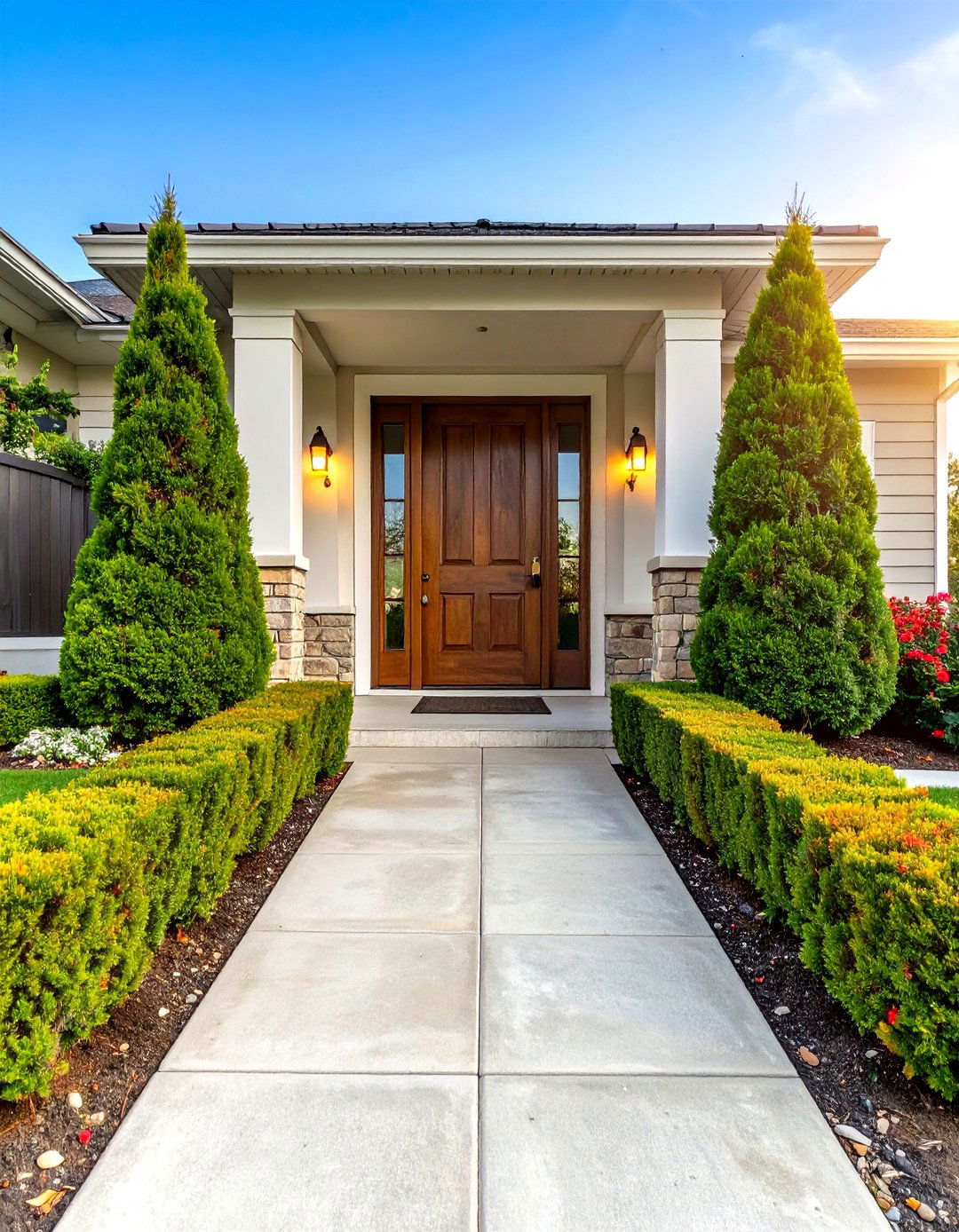
A symmetrical pair of compact evergreens—boxwood cones, dwarf hollies, or glossy inkberry—instantly signals arrival while staying trim enough to avoid mirror scrapes. Year-round foliage defines the driveway edge, hides winter grit, and anchors seasonal flowers behind it for layered depth. Choose cultivars bred for tight form so pruning is quick snips instead of full shears. Their dense roots also help steady soil kicked up by tires, keeping gravel where it belongs. Studies show evergreen foundations boost curb appeal because “green feels permanent,” a Martha Stewart garden feature notes. Martha Stewart
2. Permeable Paver Strips That Green the Driveway
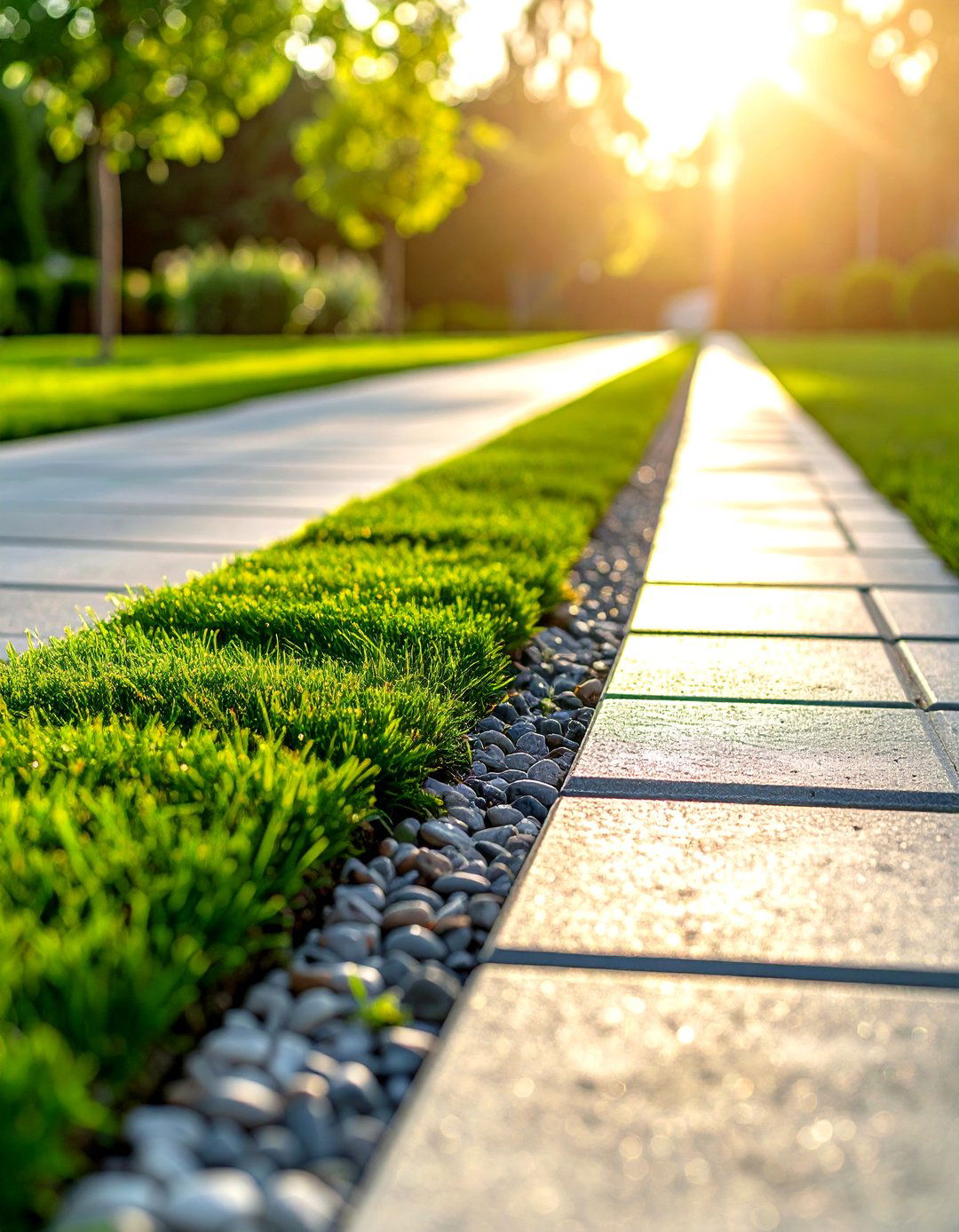
Replace the solid center or borders of concrete with permeable grid pavers infilled with gravel or low grass. The open cells let rain soak through, cutting runoff by up to 100 percent and recharging groundwater. Belgard Storm-water credits may even lower municipal fees in some regions. Aesthetically, the green ribbons break up an expanse of gray and cool the surface temperature in hot months. Keep infill three-quarters-inch below the paver lip so snow shovels glide cleanly.
3. Layered Native Borders Along the Driveway
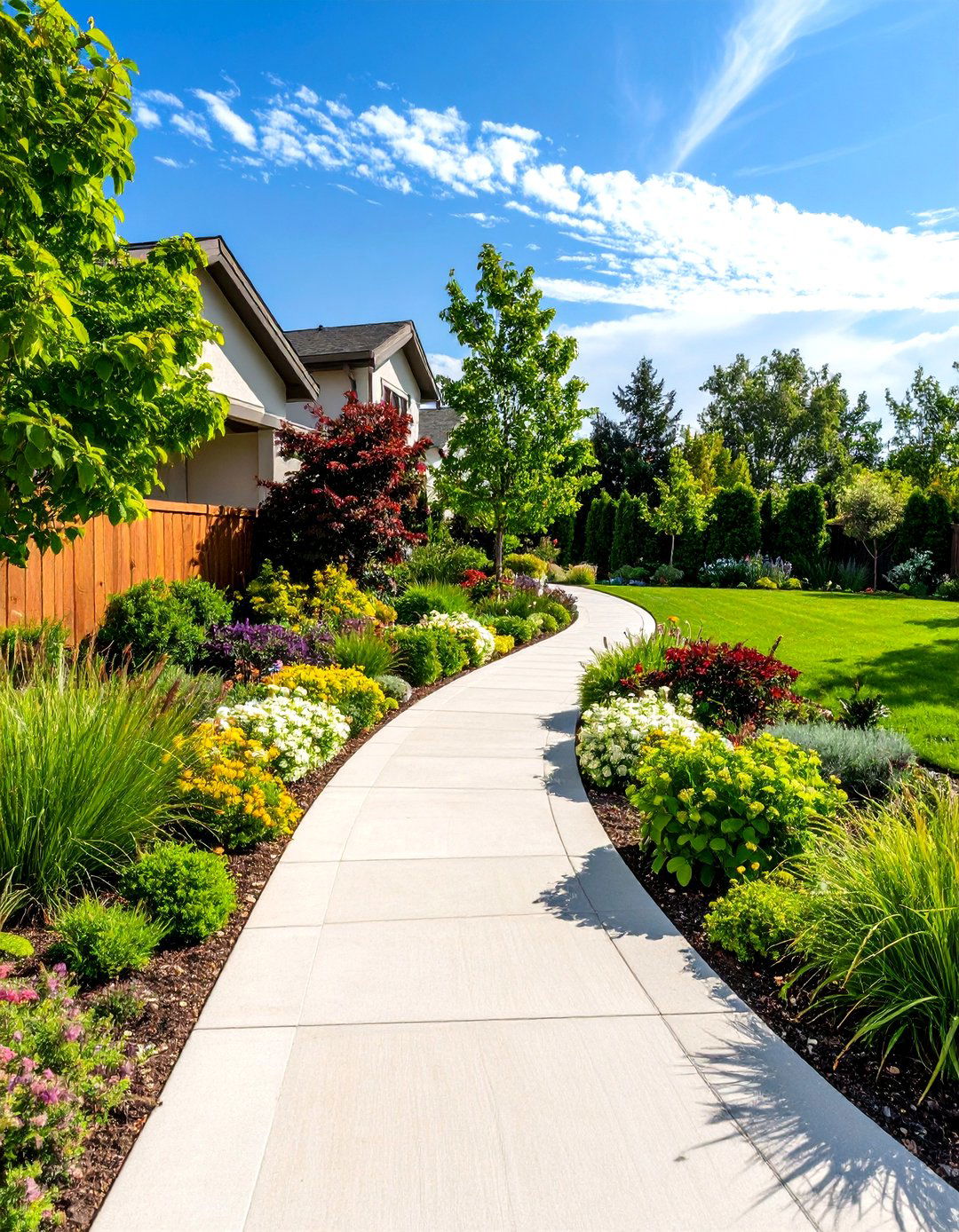
Start with a drought-tough backbone shrub—summer sweet or dwarf ninebark—slide in mid-height perennials like purple coneflower, then finish with ground-hugging sedges. Designers recommend repeating three key plants every 6–8 feet to read as one continuous ribbon for the eye. The Spruce Native groupings need less water and fertilizer once established and provide food for local birds that hop between mirrors and mulch hunting insects.
4. Low-Hedge Edging for Crisp Driveway Lines
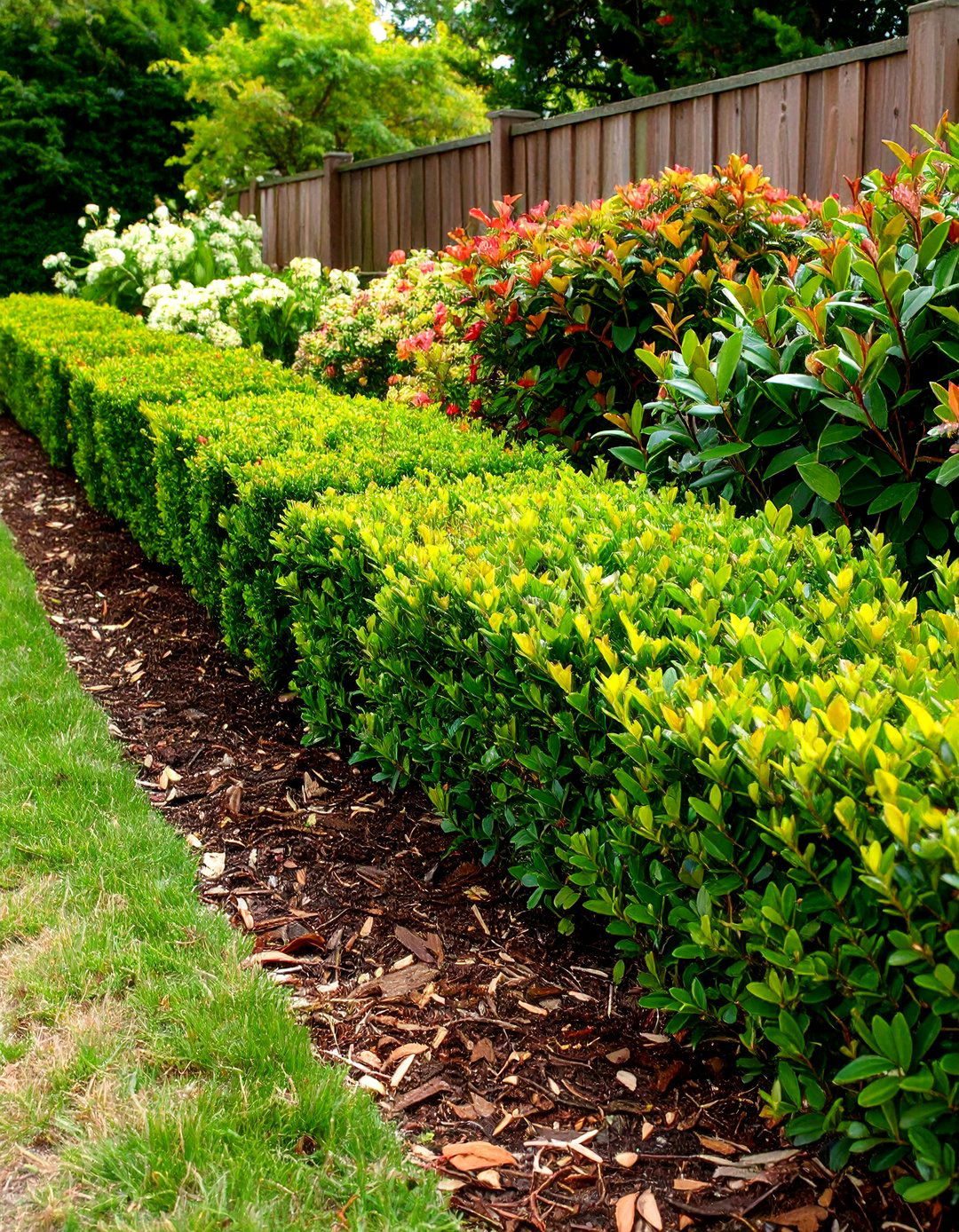
A knee-high dwarf yaupon or ‘Green Gem’ boxwood hedge keeps wandering tires on track, contains mulch, and offers a formal counterpoint to looser plantings behind it. Evergreens trimmed to 18 inches stay below side-view mirrors yet tall enough to screen wheel wells. The combination of tidy hedge plus layered color ranked among the top curb-appeal boosters in Southern Living’s recent driveway survey. Southern Living
5. Ornamental Grass Waves Beside the Driveway

Plant clumps of feather reed grass or blue fescue three feet apart so plumes sway without blocking sightlines. Their narrow blades stand up to heat radiating off asphalt and thrive in the lean, fast-draining soil often found beside driveways. Grasses also trap de-icing salt spray better than broadleaf shrubs, sparing delicate perennials behind them. Landscape magazines spotlight grass ribbons as an instant “movement maker” along linear hardscape. Architectural Digest
6. Pollinator Strip Plantings on the Driveway Margin
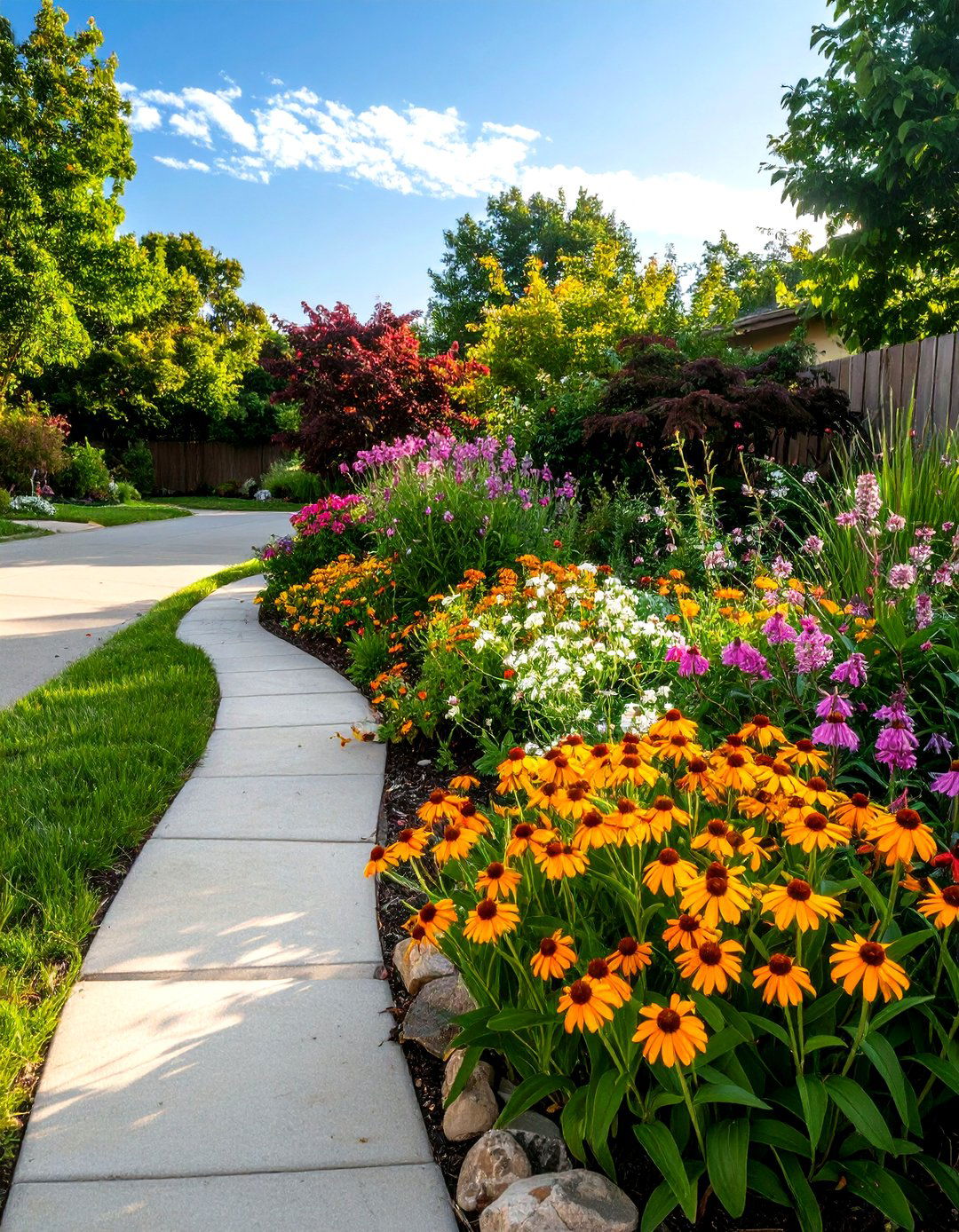
Butterfly milkweed, penstemon, and bee balm stay under three feet yet pack nectar power. Stagger blooming periods so something feeds winged guests from spring through fall; Garden Design lists allium and aster for shoulder seasons. Tuck flowers one foot back from pavement to avoid hot tire damage, and edge with stone to keep mulch off asphalt.
7. Xeriscape Gravel Beds for Water-Wise Driveway Landscape
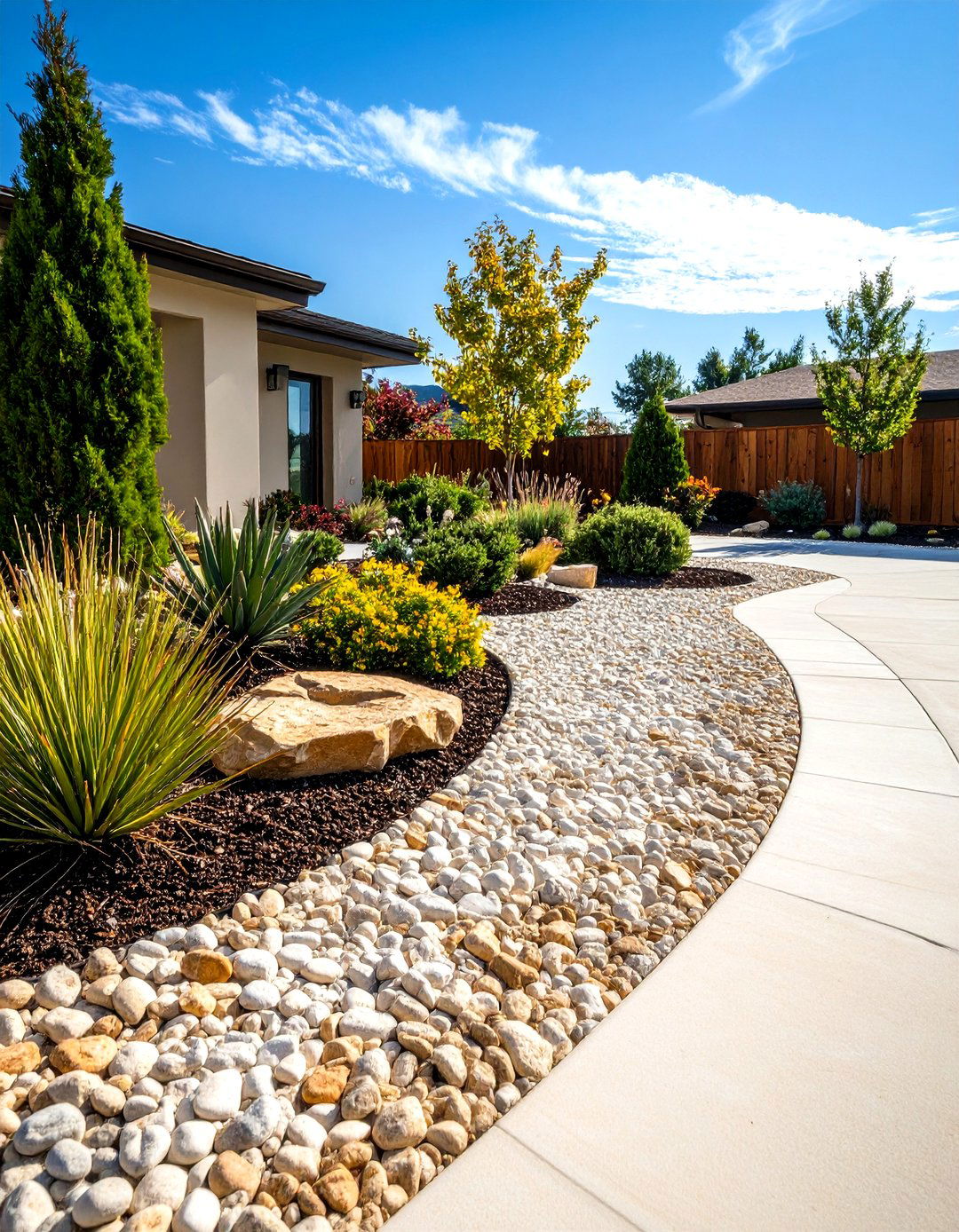
Swap thirsty turf for a ribbon of decomposed granite dotted with yucca, stonecrop, and shore juniper—xeric stalwarts that shrug off reflected heat. A Lawn Love analysis shows homeowners can cut irrigation 60 percent or more by switching to drought-tolerant palettes. Lawn Love Add a buried drip line for the first growing season, then let rainfall handle most moisture needs.
8. Rain Garden Swale Along the Driveway
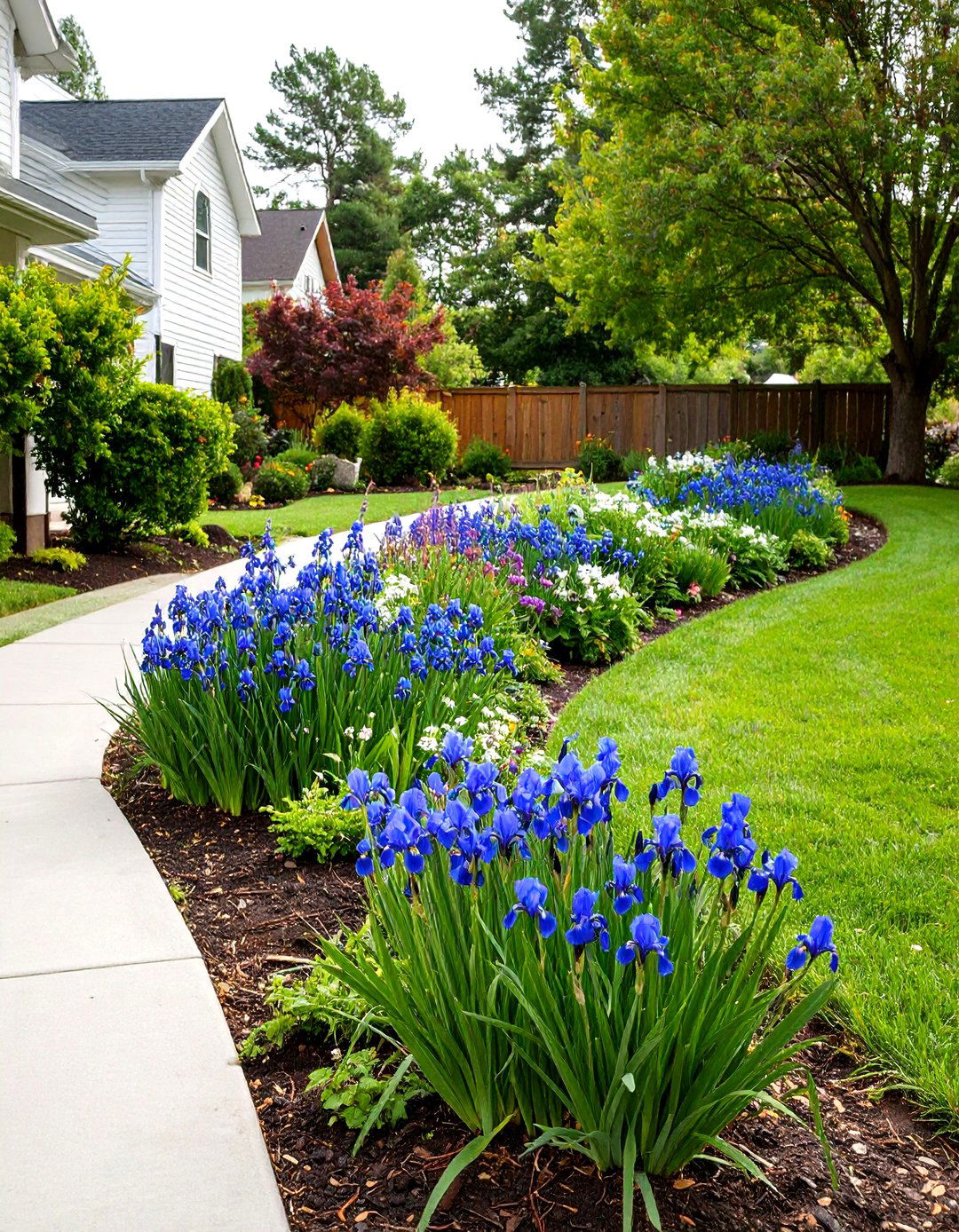
If runoff barrels down your slope, carve a shallow basin parallel to the pavement and fill it with moisture-loving switches of blue flag iris, Joe-Pye weed, and sweetspire. A six-inch-deep depression backed by permeable soil can capture and infiltrate the first inch of rain from a 1,000-square-foot driveway with ease, Belgard’s drainage guide notes. Belgard Mulch with shredded bark—never floaty chips—to keep plants anchored during heavy storms.
9. Flower-Topped Retaining Walls Flanking the Driveway

Where grade drops abruptly, a stacked-stone retaining wall doubles as a raised planter. Architectural Digest highlights walls capped with soil pocketing plants such as creeping phlox for cascading color that softens masonry. Architectural Digest Integrate low-voltage step lights under capstones to show elevation changes at night and reduce trip hazards.
10. Solar Stake Lights Guiding the Driveway
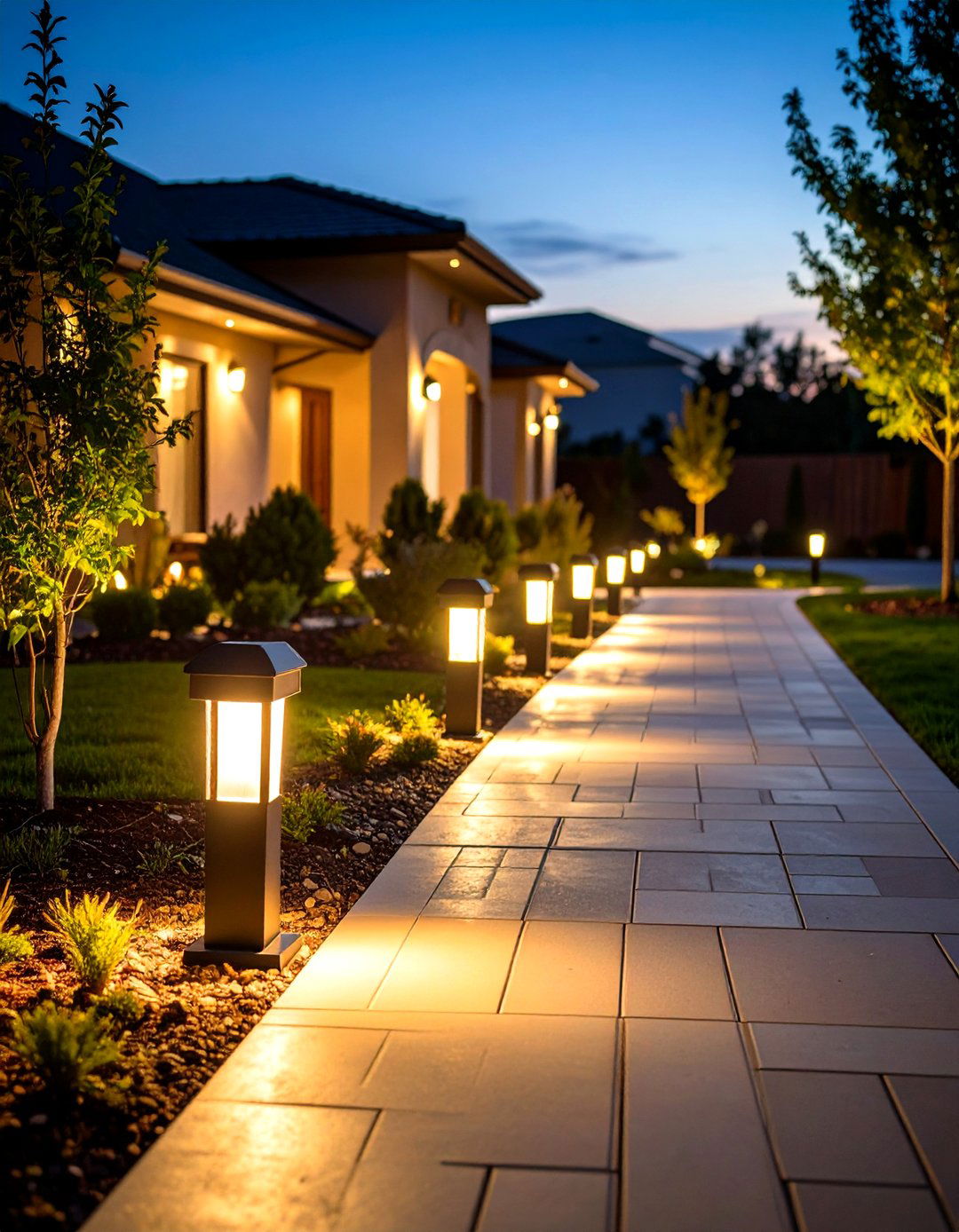
Warm-white solar stakes spaced every 8–10 feet give enough glow for parking without turning the drive into a runway. A 2025 Homes & Gardens review found budget lights with 40-lumen output survived winter freeze–thaw cycles when staked in well-drained soil. Homes and Gardens Position heads slightly angled away from drivers to prevent glare.
11. Recessed LED Edge Lighting for a Modern Driveway
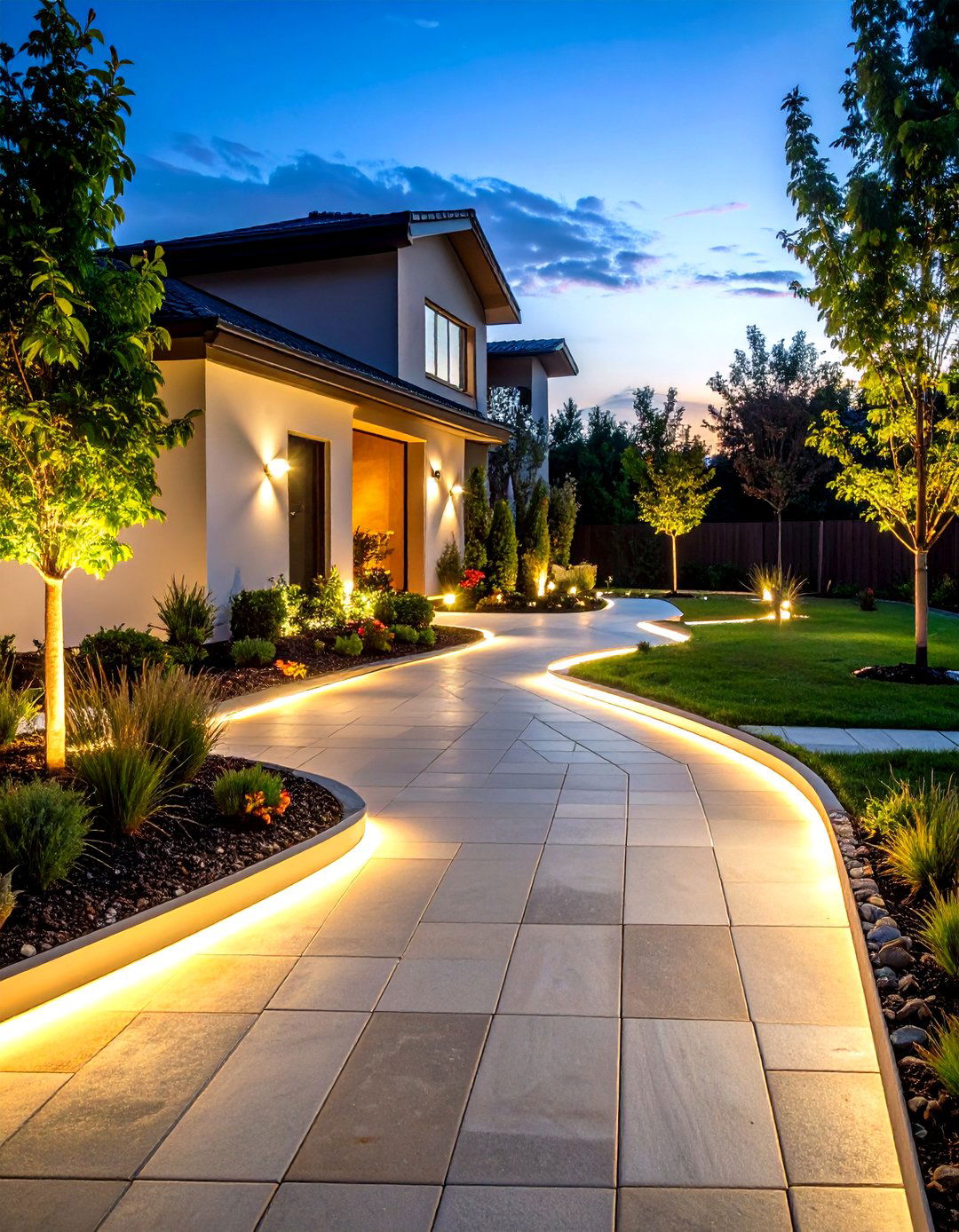
For a sleeker finish, core-drill low-profile LEDs into paver joints or pour-in-place concrete; mid-South Lighting notes the fixtures act like cat-eyes on a highway, clarifying edges without visible hardware. LEDs wired to a photocell save energy and avoid the dimming that plagues some solar units under tree canopies.
12. Fountain Centerpiece in a Circular Driveway
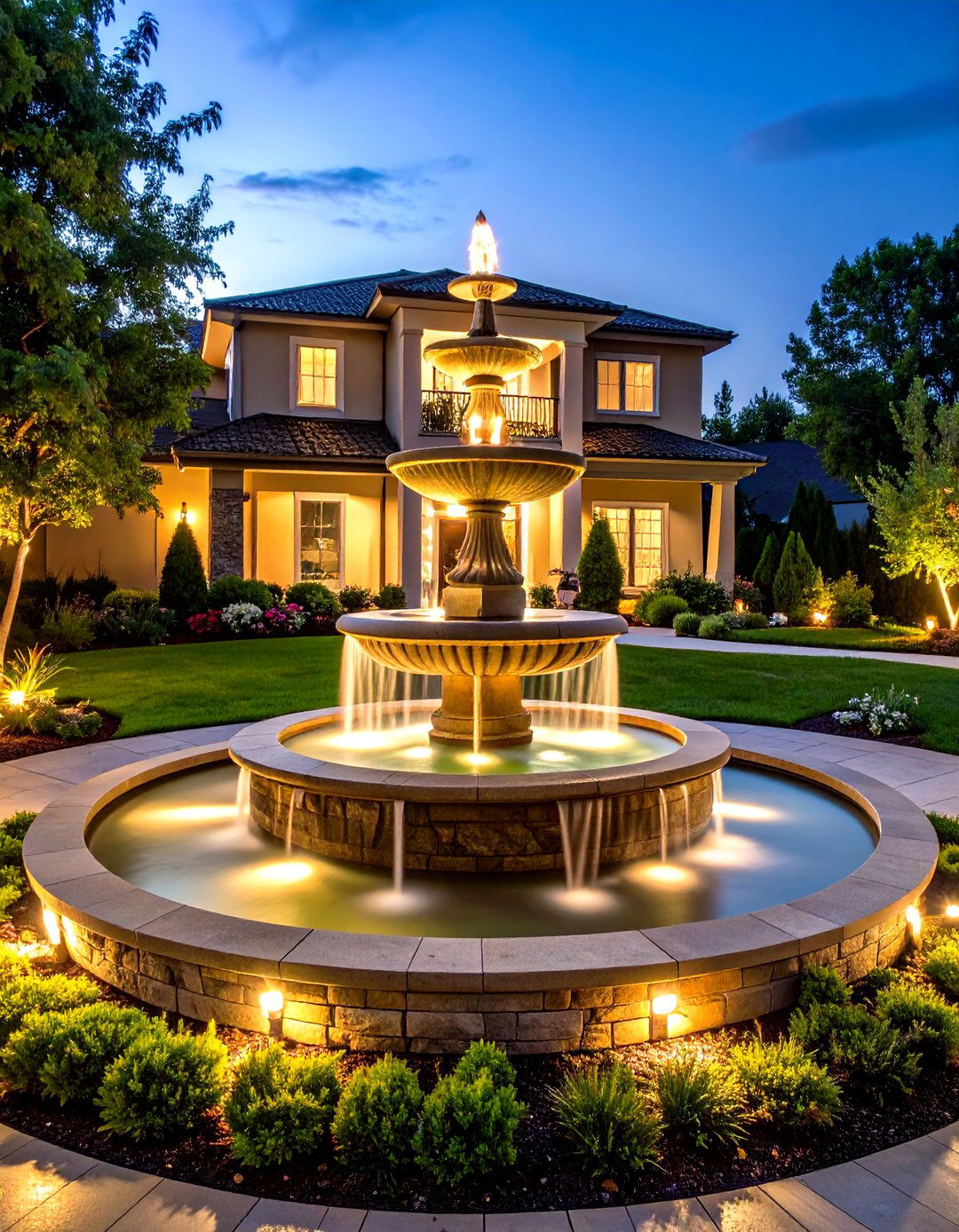
Tiered cast-stone fountains not only create a focal “wow” moment but help mask street noise with moving water. The Blissful Place catalog of driveway fountains suggests selecting basins wider than the inner turning radius so bumpers never clip stone. The Blissful Place Add low spill-proof LED uplights inside the basin for nighttime sparkle.
13. Topiary Urns Bookending the Driveway

Nothing says tailored elegance faster than matching boxwood or myrtle spheres perched in weather-proof urns at the curb. Because the root zone is limited, choose slow-growing varieties and amend containers with moisture-retentive compost. Garden designers often underplant with creeping thyme for scent when guests exit cars, echoing edible-edge principles from Better Homes & Gardens. Better Homes & Gardens
14. Seasonal Container Gardens on the Driveway Apron
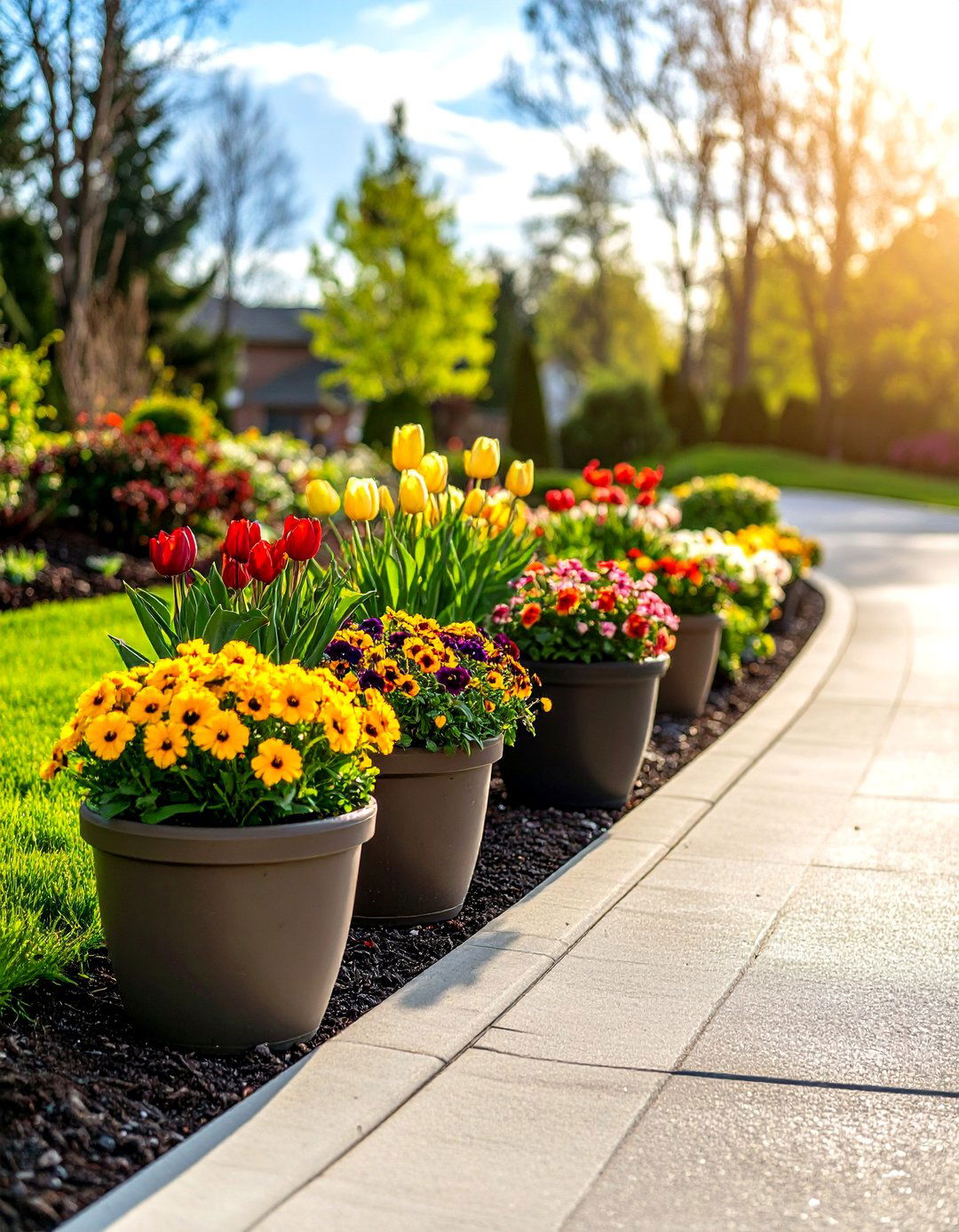
Use rollable, frost-proof pots to switch color schemes—tulips and pansies for spring, dwarf sunflowers and coleus for summer, ornamental kale for winter. Real Simple notes containers act as flexible weed blockers where turf meets hardscape because dense roots out-compete invaders. Real Simple Wheels let you push pots aside for snow clearing.
15. Edible Planting Pockets Near the Driveway
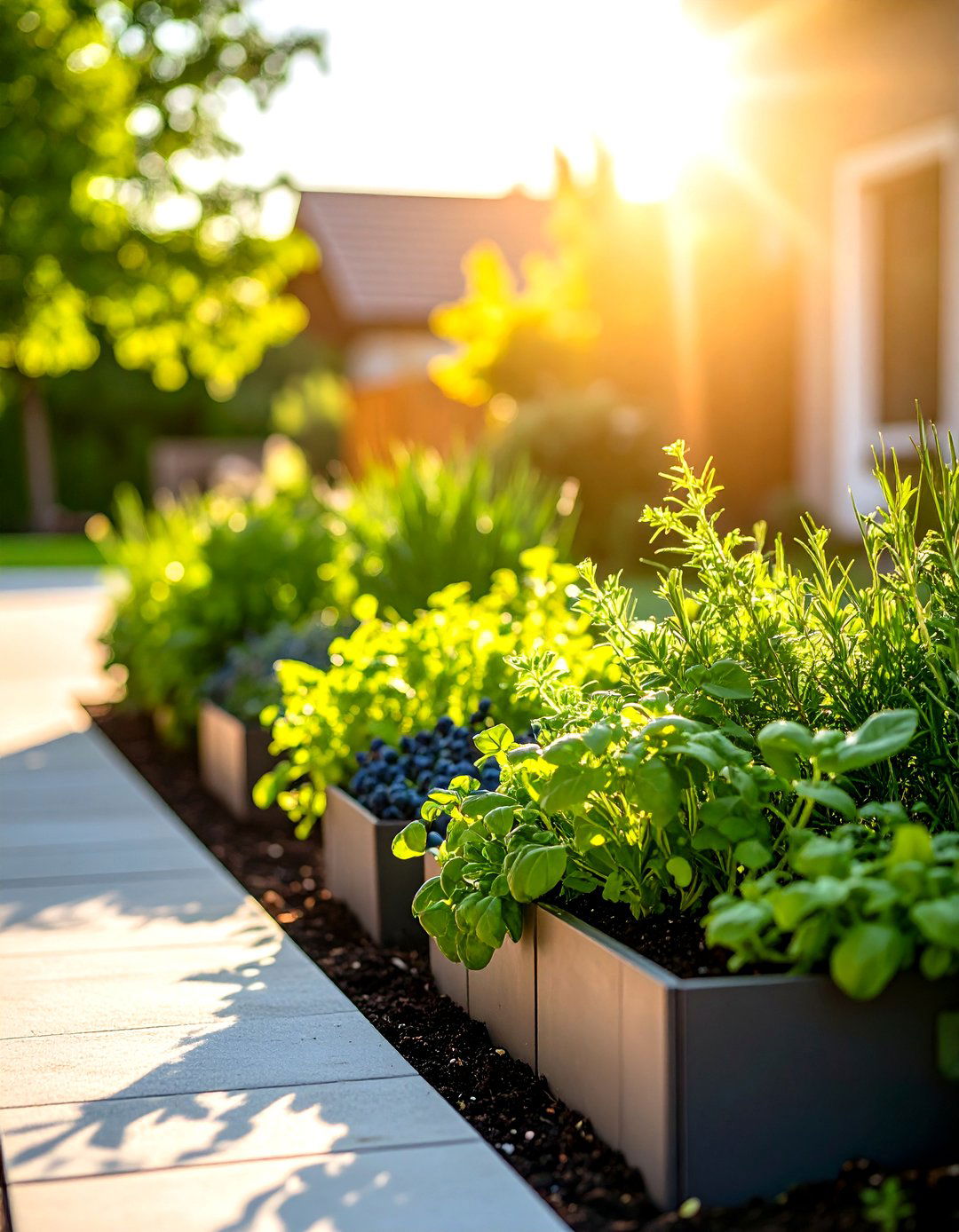
Parsley, chives, and compact blueberry bushes thrive in the sun-soaked strip many drives receive. Better Homes & Gardens recommends edging with herbs like thyme that tolerate light foot traffic, yielding garnish on your way to the mailbox. Better Homes & Gardens Keep edibles at least two feet from the pavement’s drip line to avoid splash-back contaminants.
16. Decorative French Drain with River Rock Along the Driveway

Dig an 8-inch-wide trench, line it with landscape fabric, lay perforated pipe, then top with polished river pebbles and a smattering of stepping-stone pavers. The Spruce’s hardscape guide praises this “functional sculpture” for steering water away while offering a dry place to exit vehicles. The Spruce Contrasting stone color against asphalt instantly adds texture.
17. Terraced Beds on a Sloped Driveway Edge
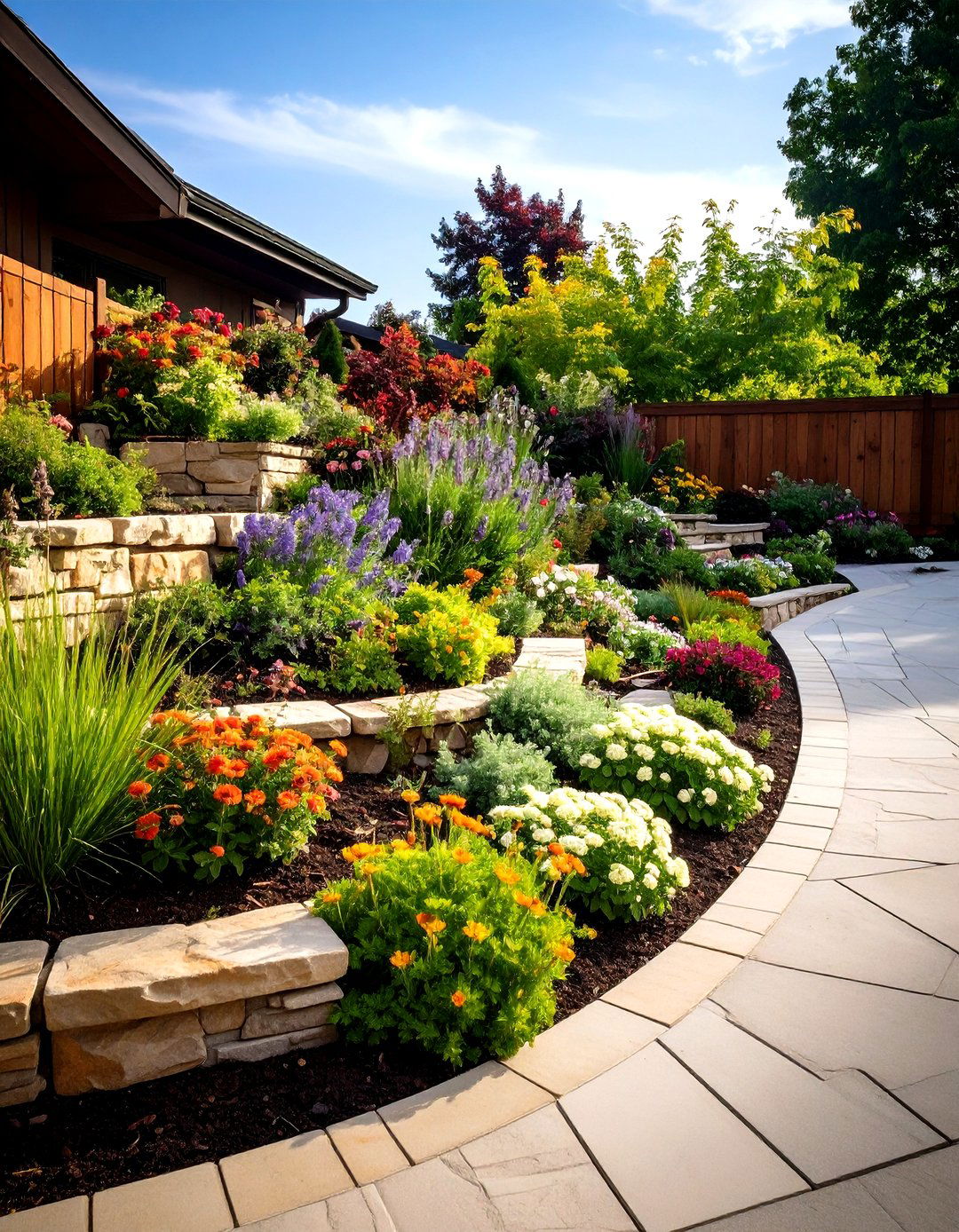
Where grade change is steep, break the slope into 18-inch terraces with timber or stone walls and fill each with compact shrubs, annual color, or culinary herbs. Retaining tiers reduce erosion and create easy-reach planting zones without kneeling on the drive. Architectural Digest credits terracing with turning unusable banks into layered garden showcases. Architectural Digest
18. Carpet-Like Groundcovers Softening the Driveway
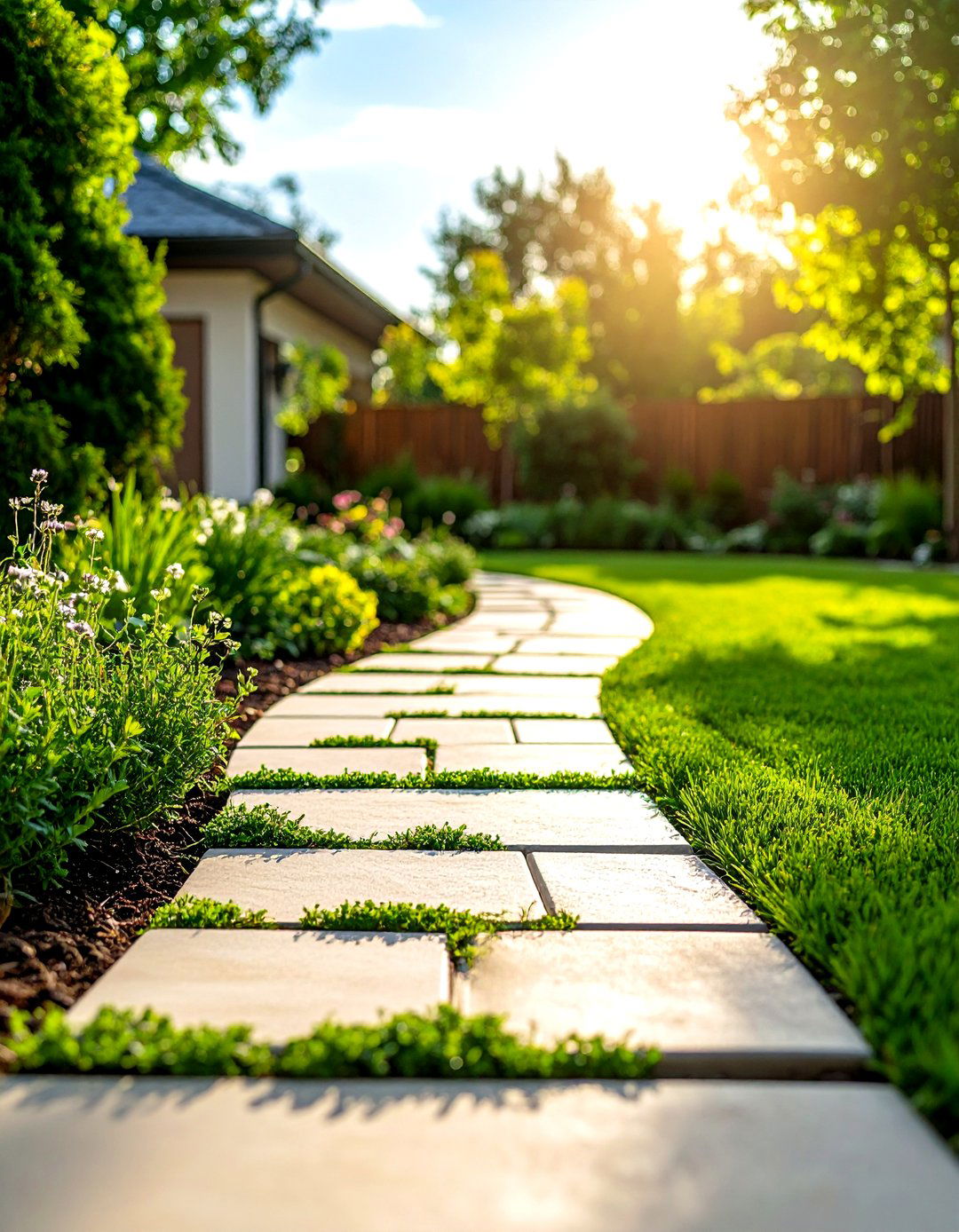
Micro-clover, creeping thyme, or Veronica ‘Tidal Pool’ knit a living rug between pavers and suppress weeds by shading soil. Real Simple features micro-clover’s nitrogen-fixing habit, which naturally fertilizes nearby ornamentals. Real Simple High Country Gardens adds that tough thyme leaf speedwell tolerates moderate tire overrun when planted flush with rock edges. High Country Gardens
19. Minimalist Stone and Steel Driveway Layout
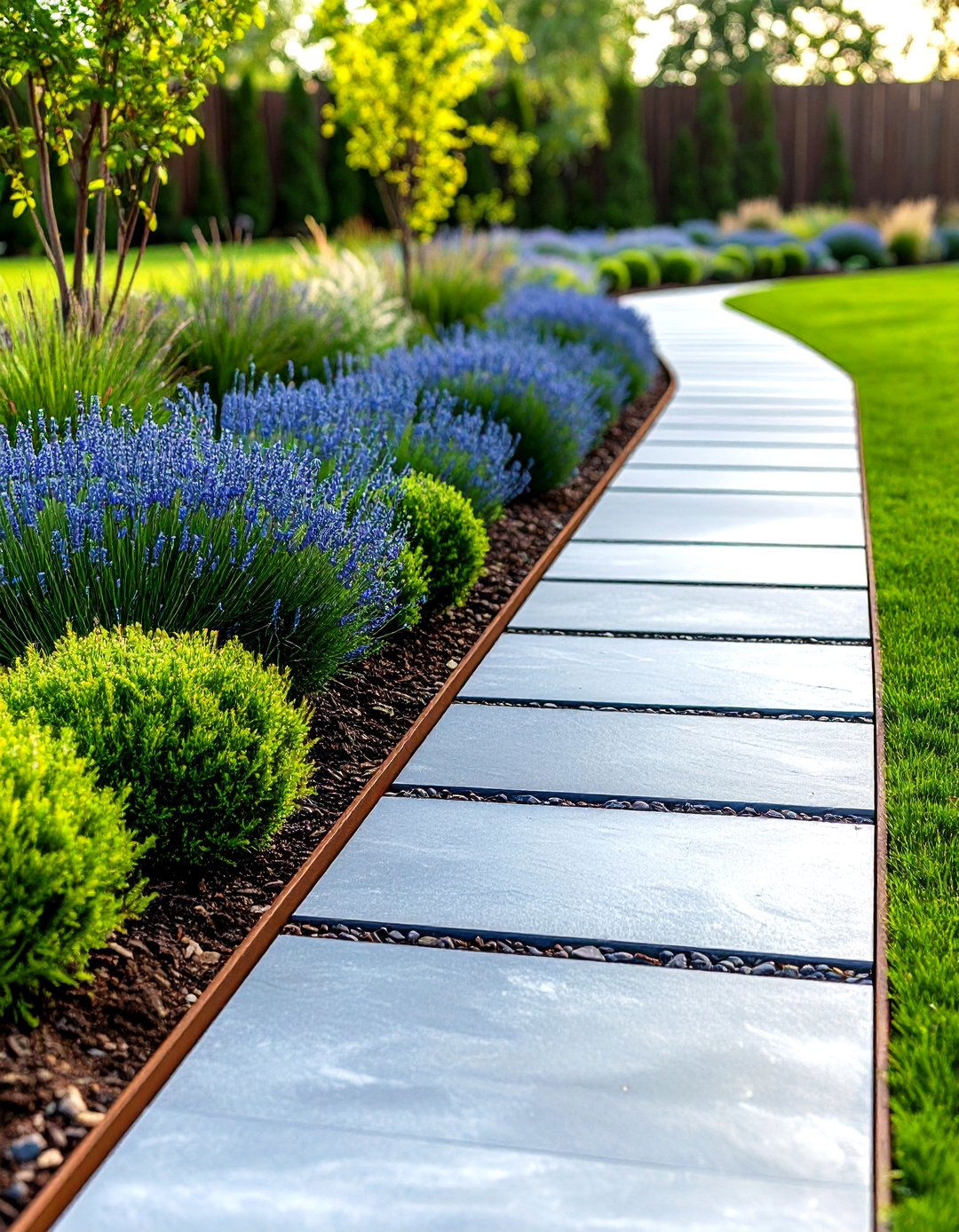
For a modern aesthetic, pair large rectilinear slabs with narrow Corten-steel planting slots stuffed with blue fescue or sedum. The Spruce’s 2024 hardscaping roundup spotlights rust-toned edging as both root barrier and bold color accent against pale pavers. The Spruce The steel weathers to a protective patina, eliminating annual repainting.
20. Integrated Mailbox Planter as Driveway Accent
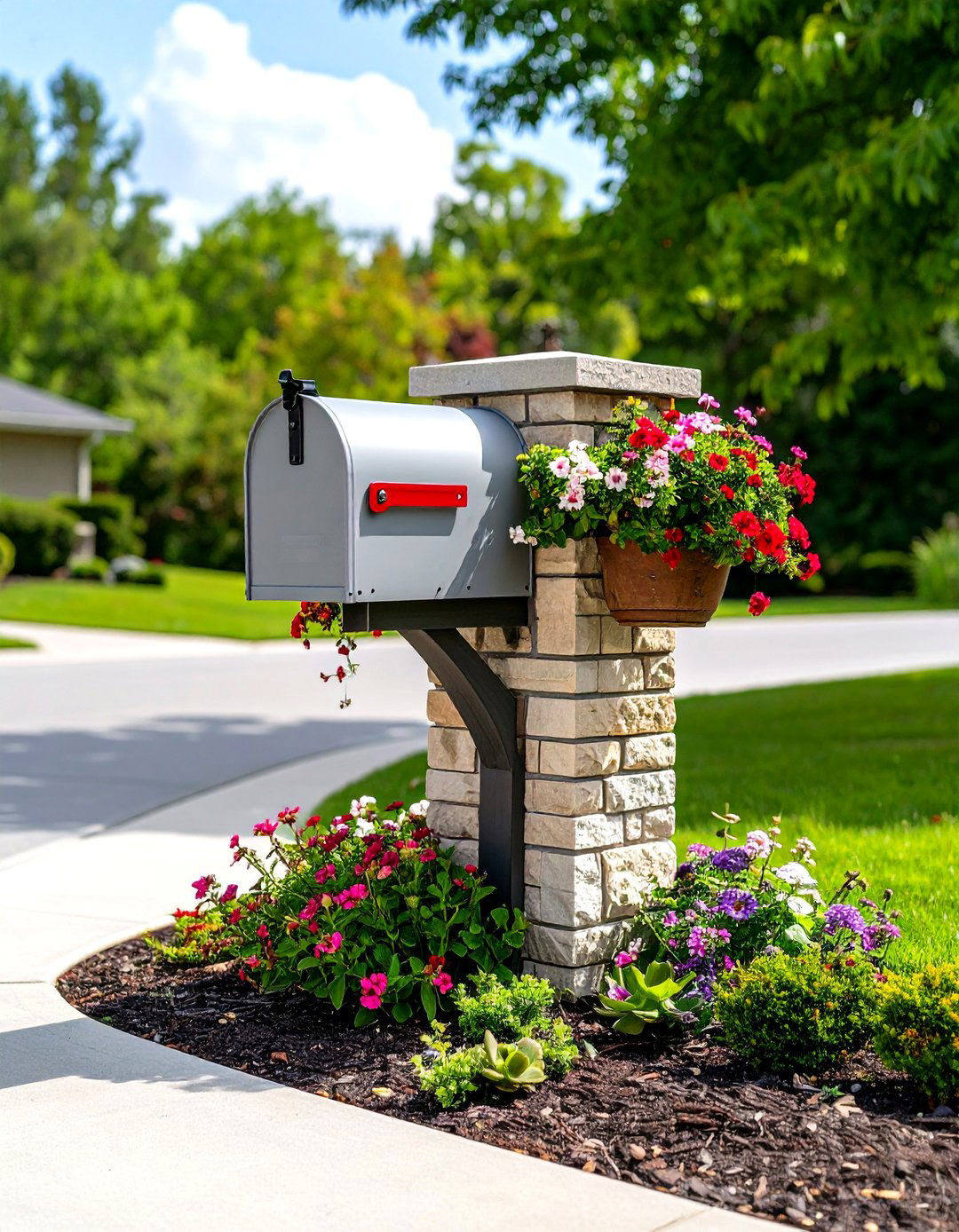
Swap the lone post for a masonry column with a built-in planting nook. Fill it with trailing calibrachoa or hardy succulents that spill over the stone, echoing wall plantings behind. The Spruce’s 2025 curb-appeal list highlights mailbox gardens for “turning a chore stop into a photo moment.” The Spruce Just ensure plants stay below the delivery slot to keep letters dry.
Conclusion:
Whether you crave classic symmetry, eco-friendly stormwater fixes, or a fragrant drive-through herb garden, these driveway landscape ideas prove the narrow strip beside your vehicle can multitask in style. Combine permeable pavers for drainage, evergreens for structure, pollinator strips for ecological lift, and smart lighting for safety to craft an entrance that works hard and charms harder—all without adding fussy maintenance to your weekend list.


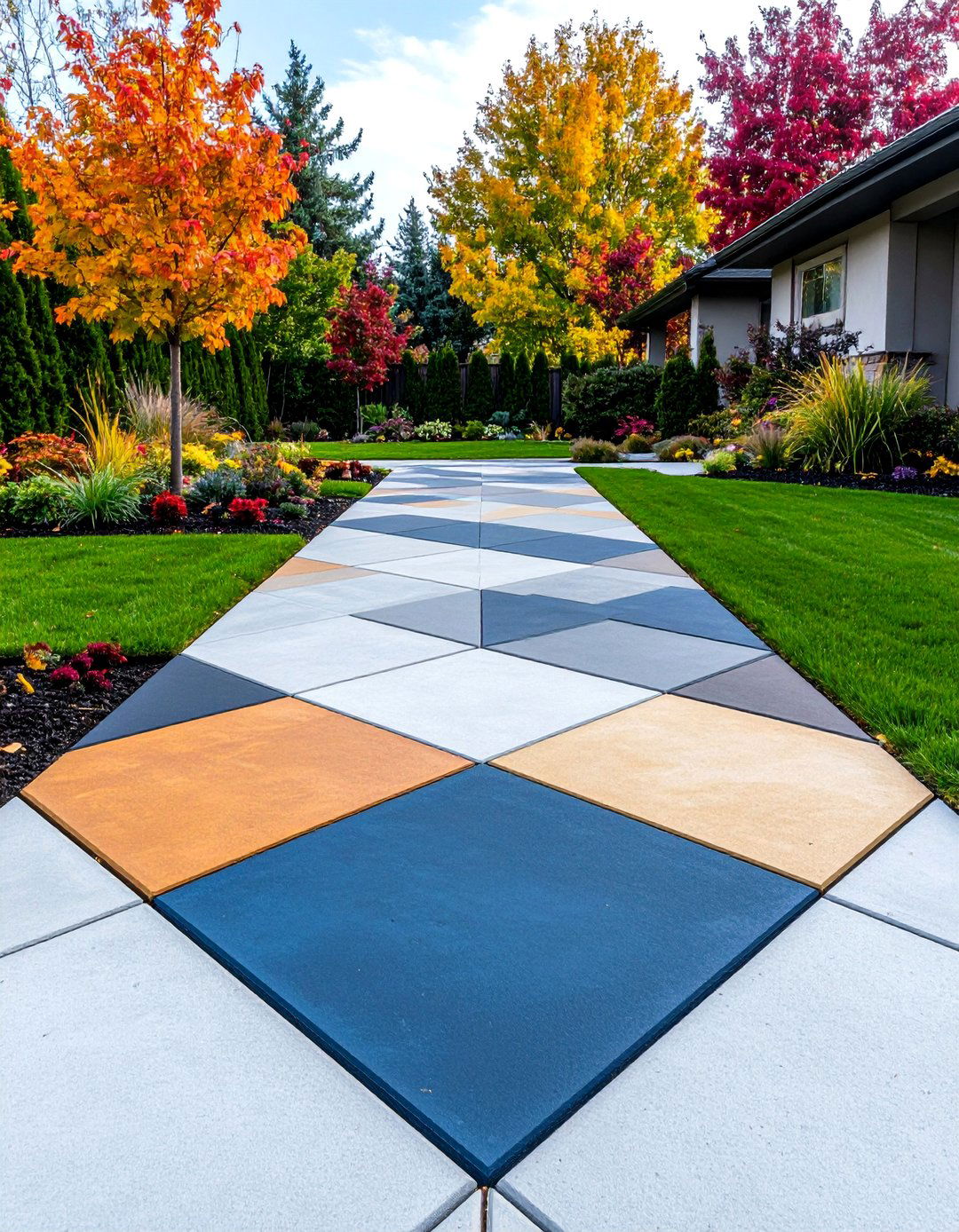
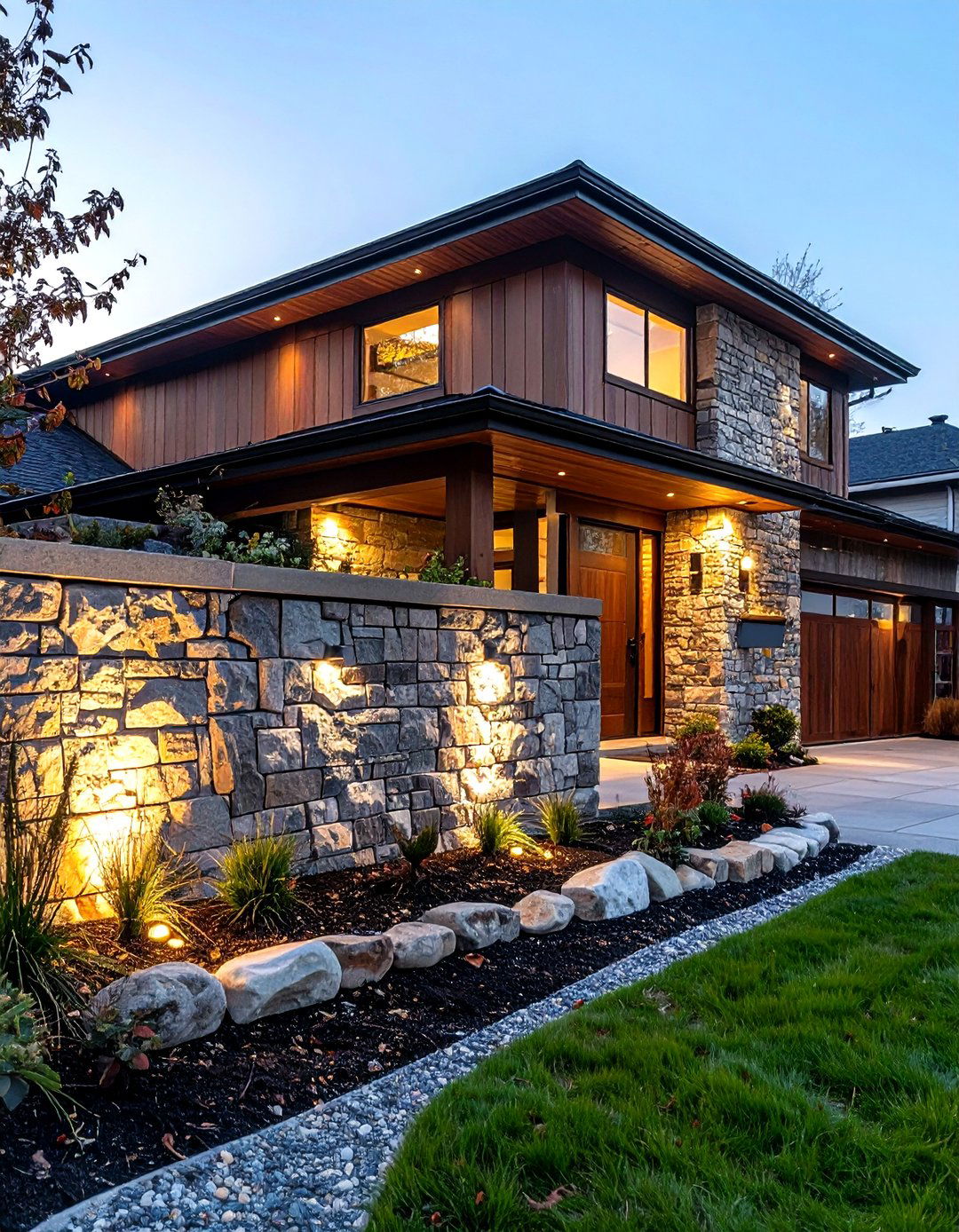
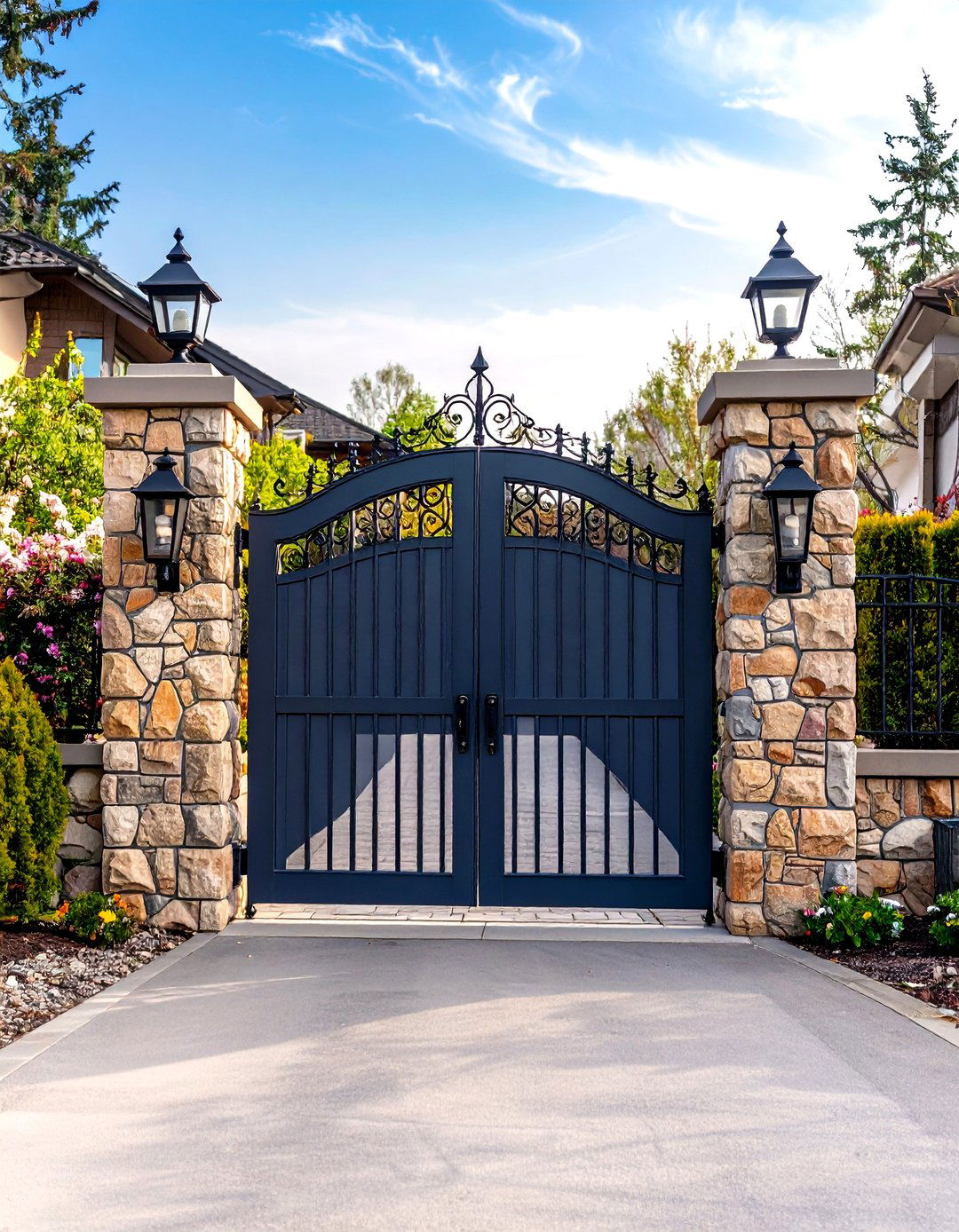

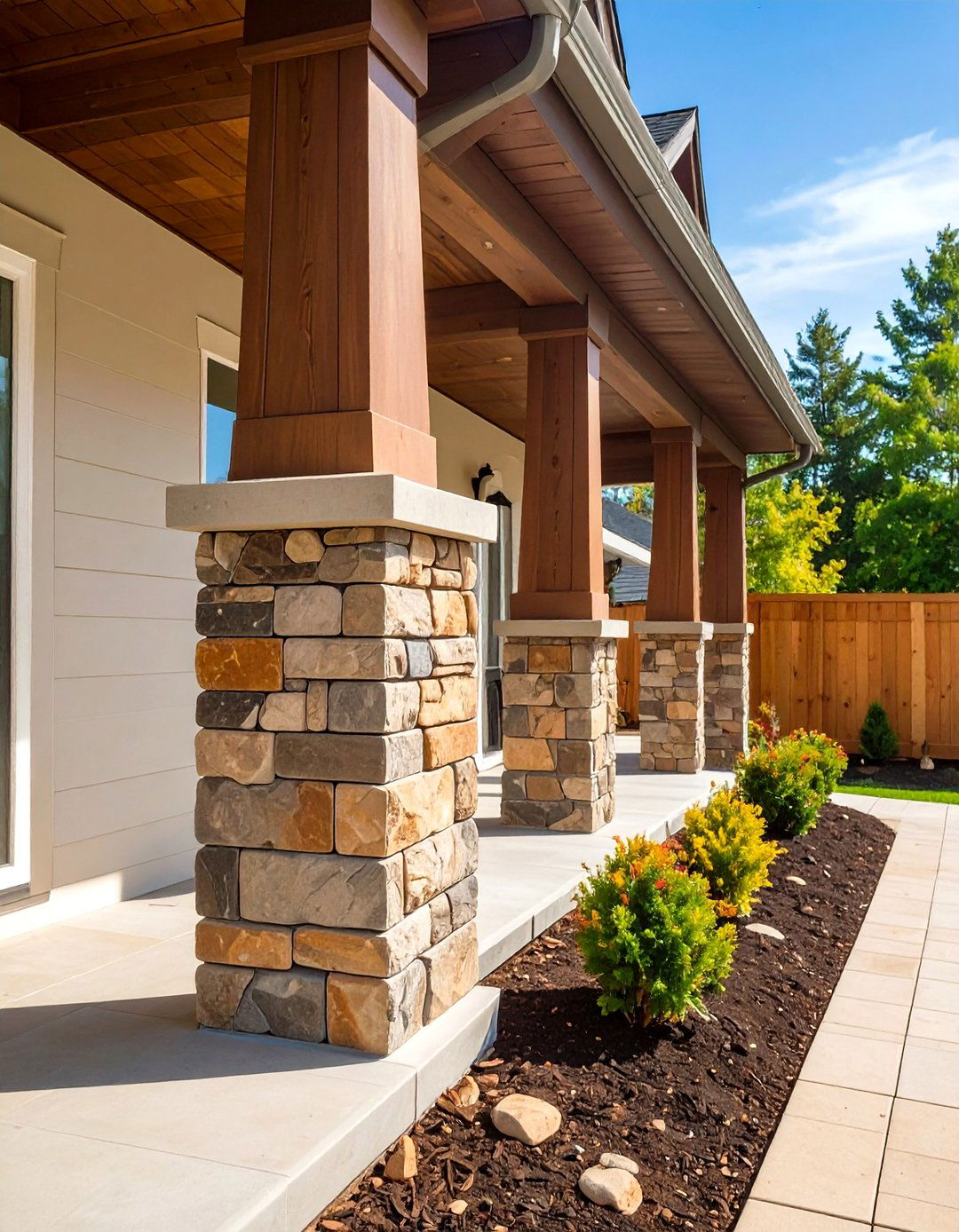

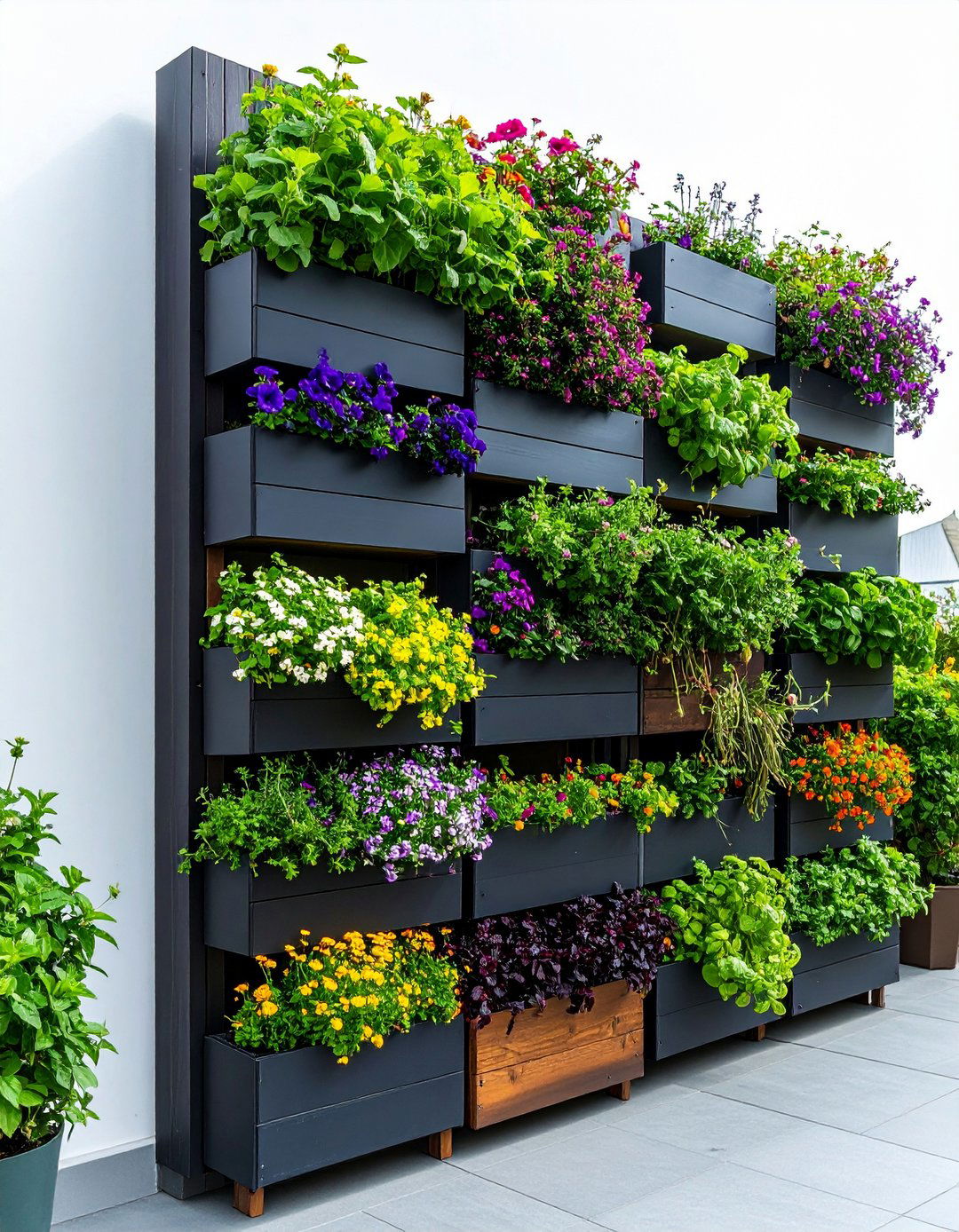

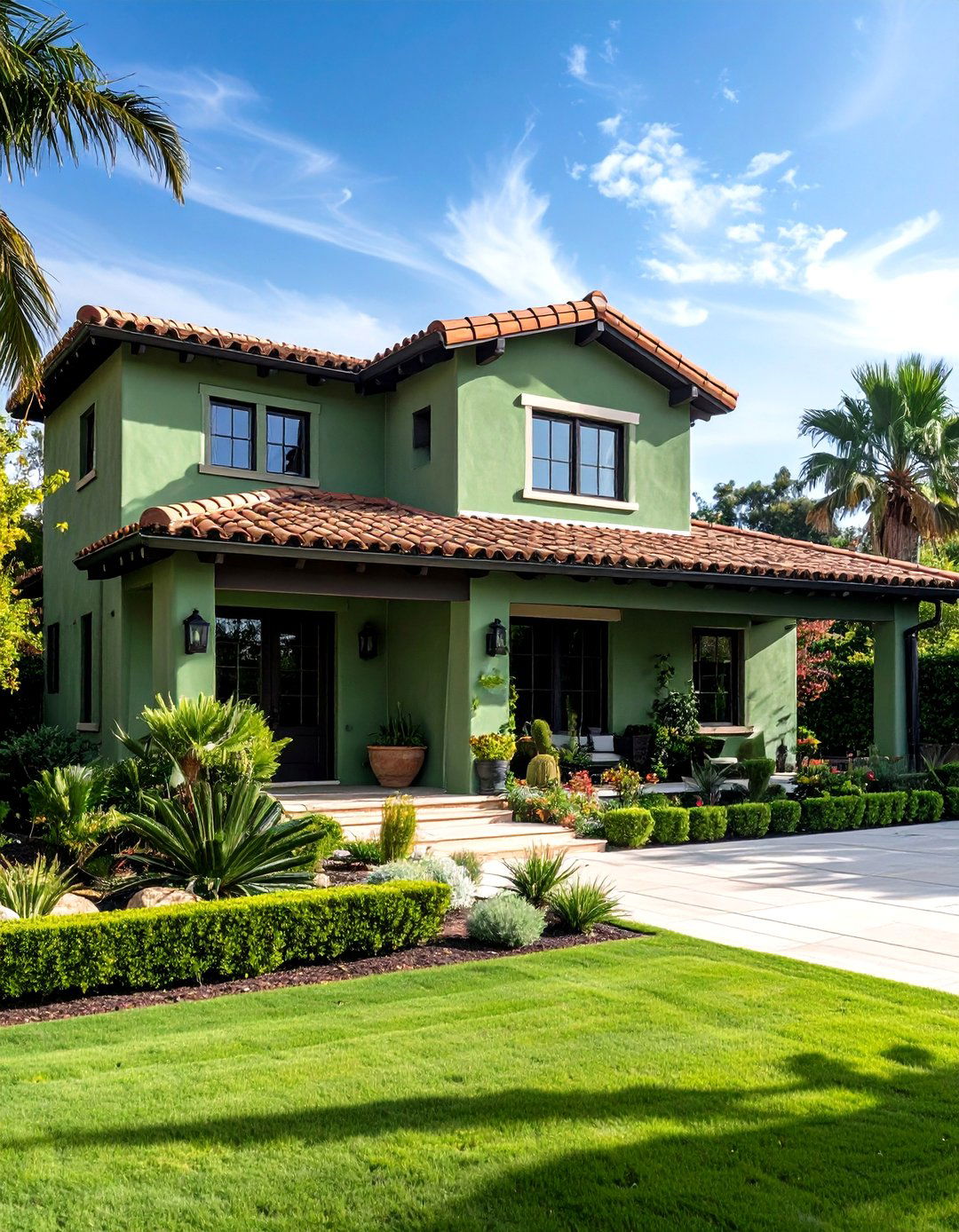
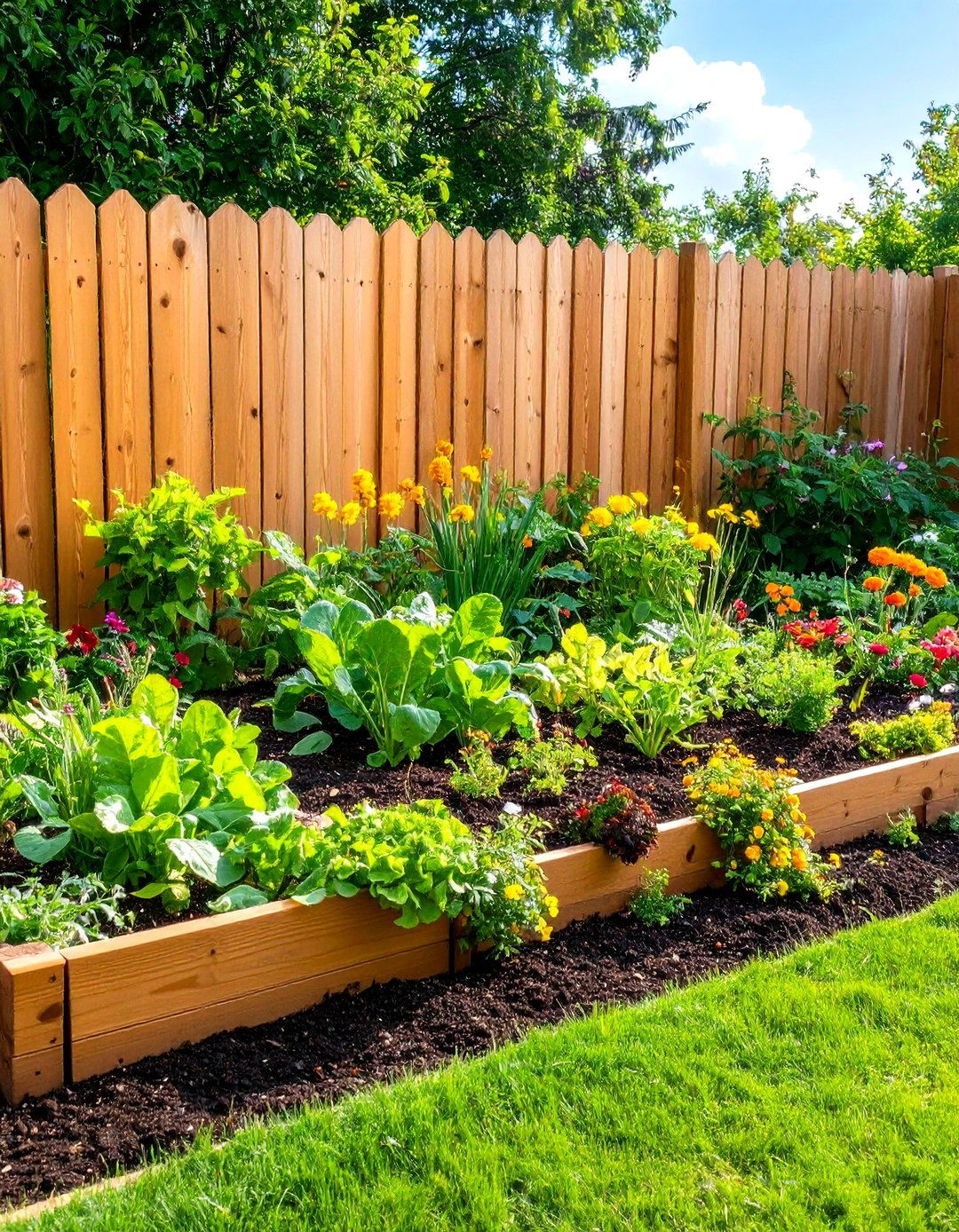
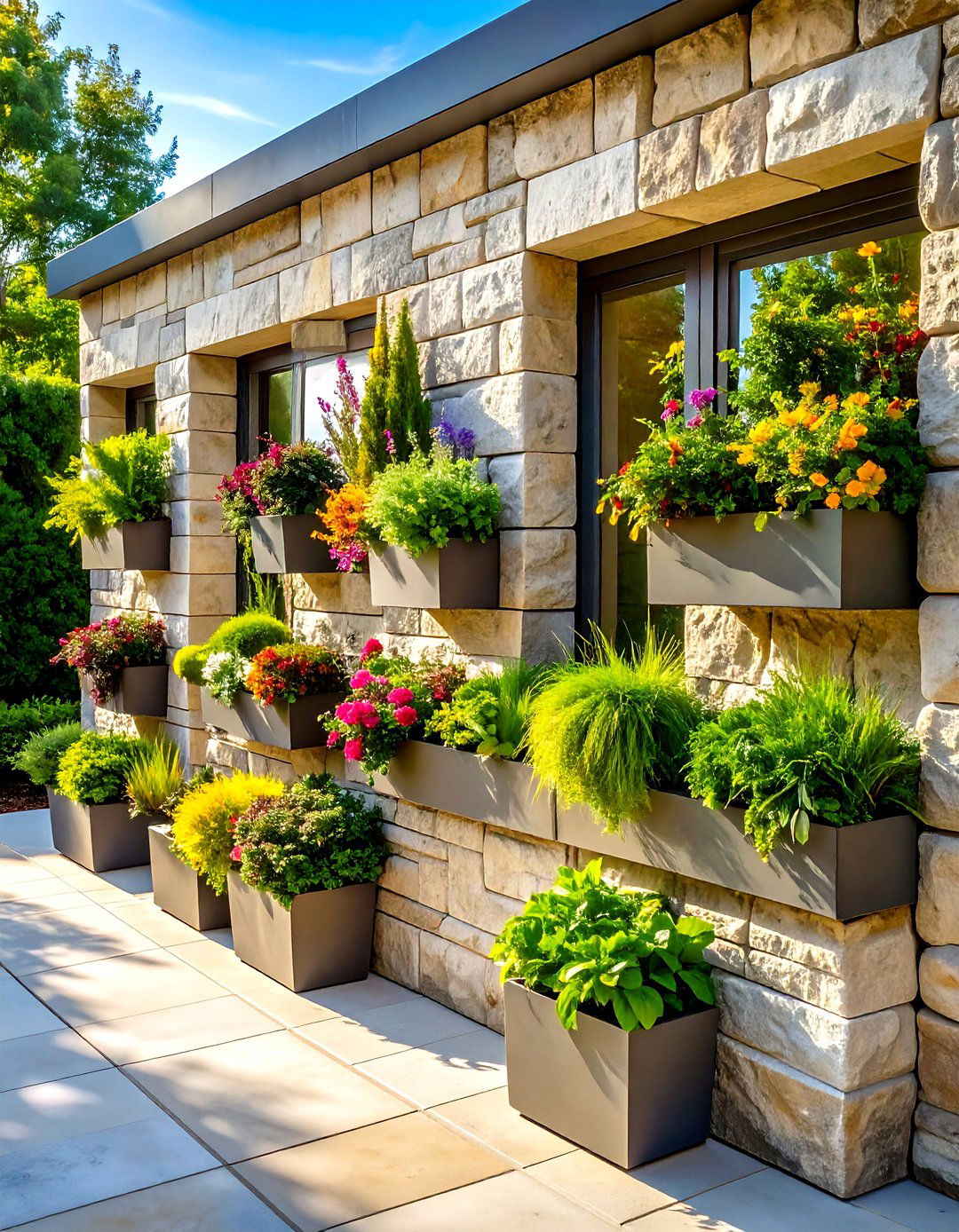
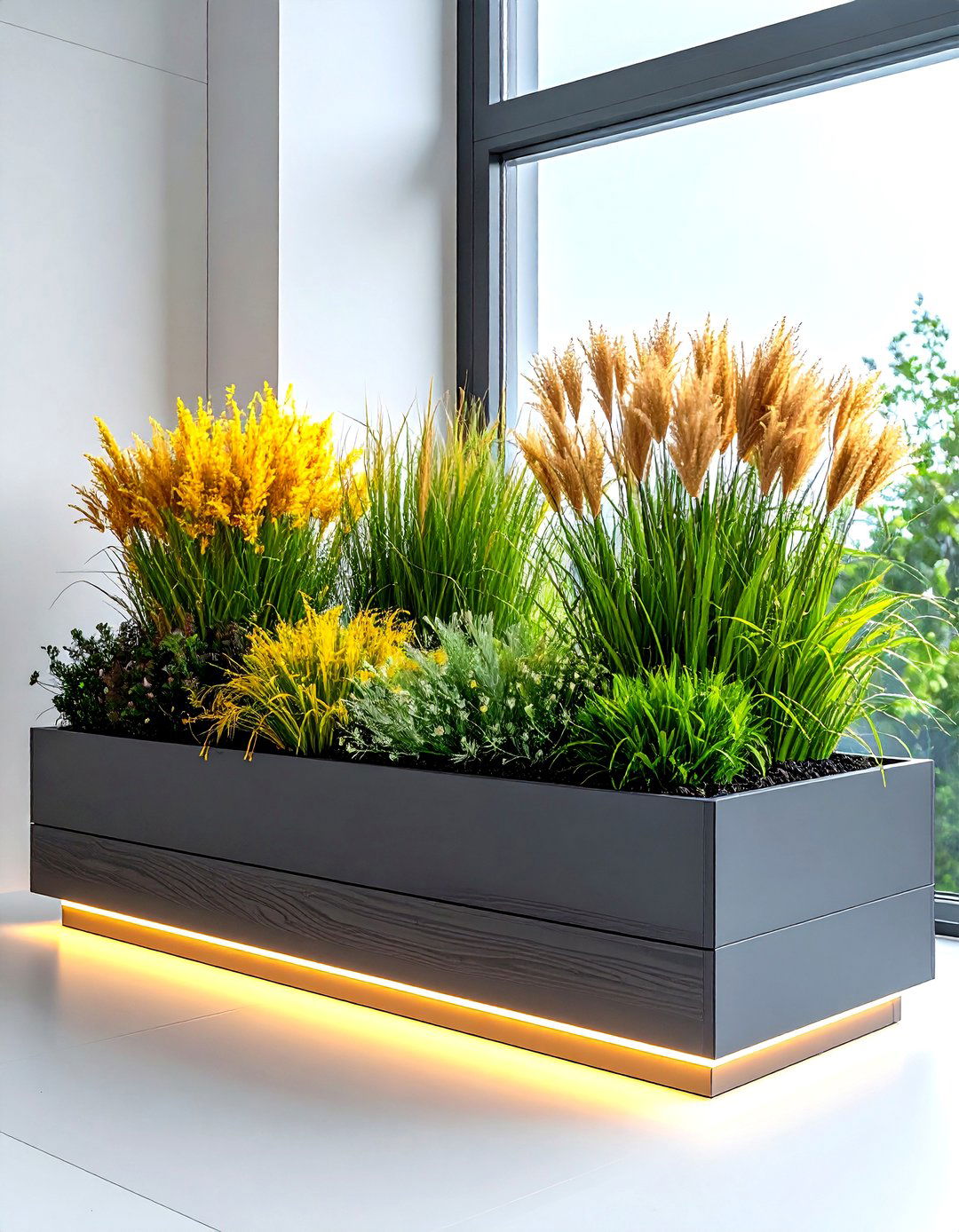
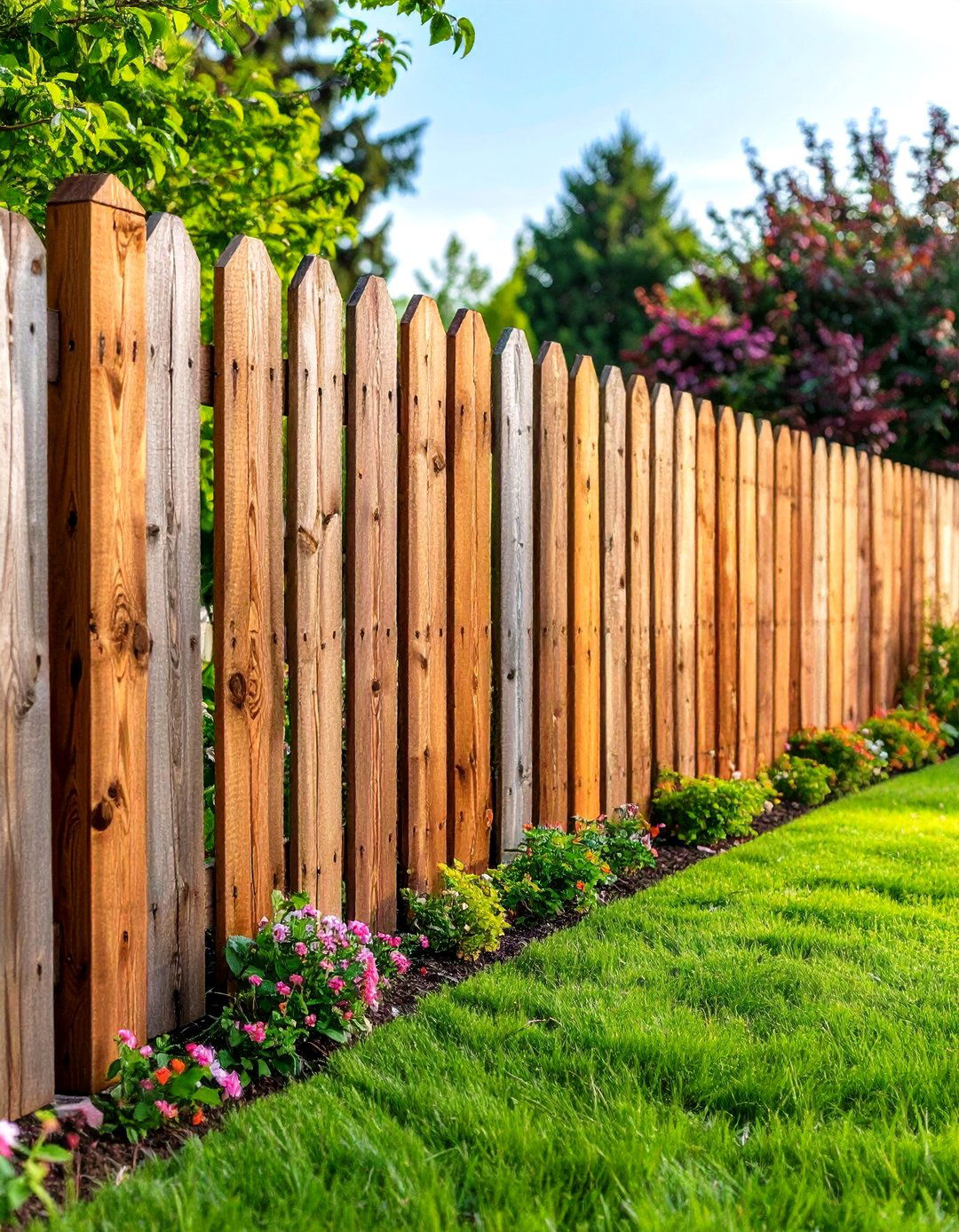
Leave a Reply